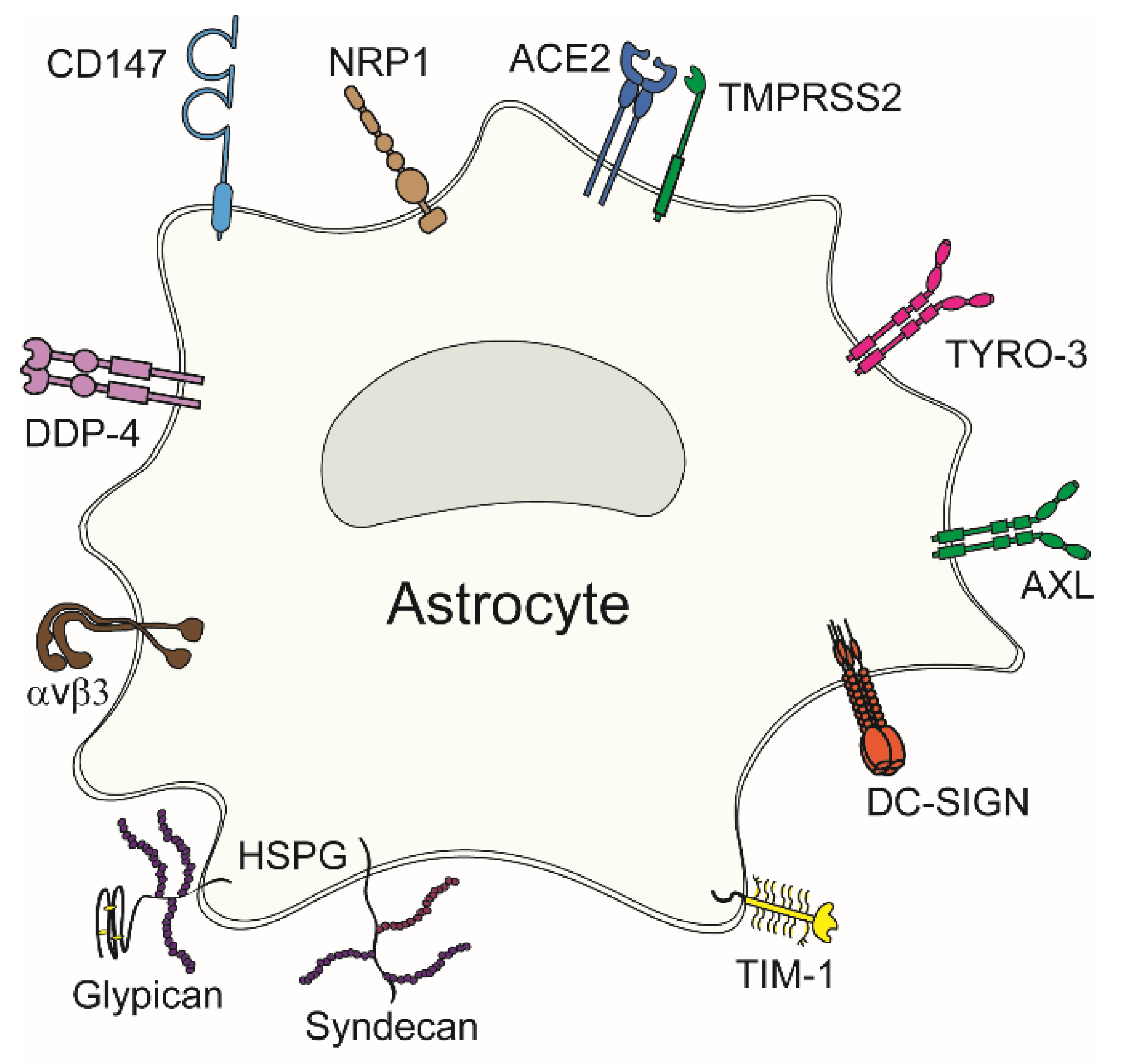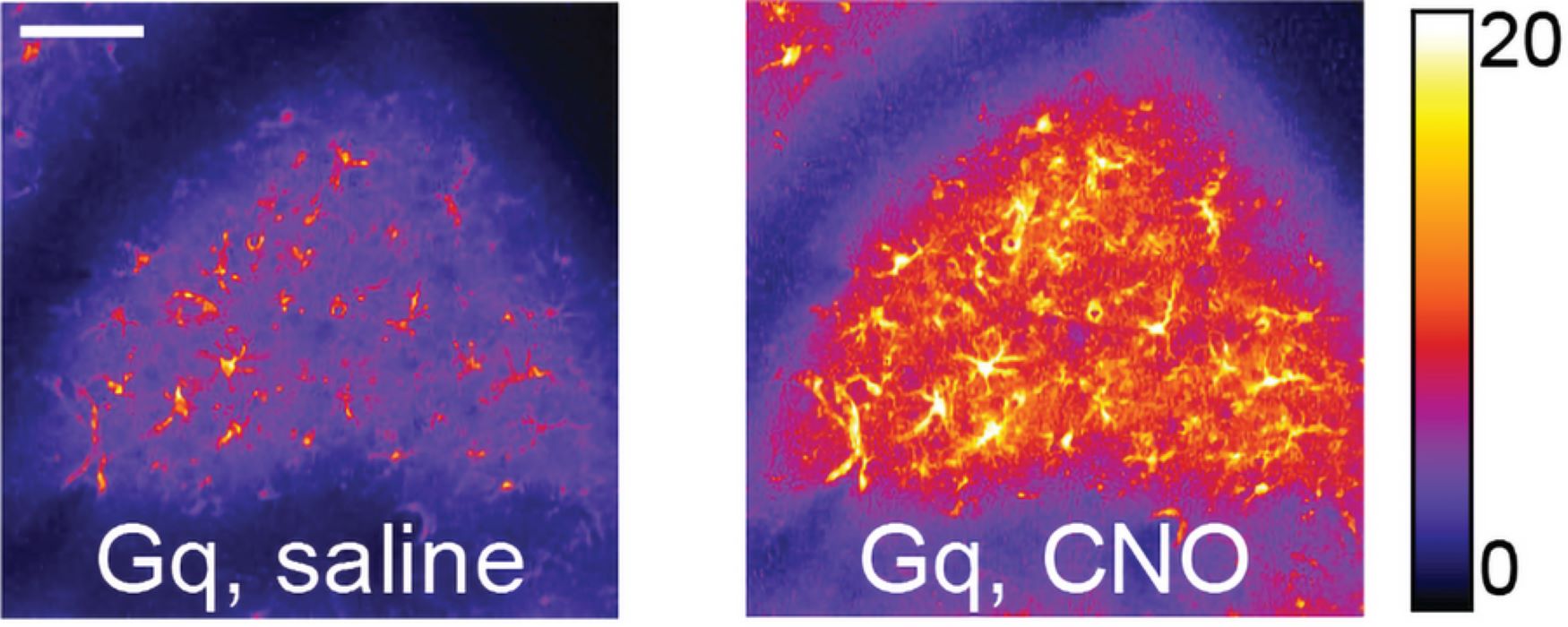Astrocytes Are a Key Target for Neurotropic Biology Diagrams Astrocytes are the most abundant cell type in the central nervous system and have diverse functions in blood-brain barrier maintenance, neural circuitry formation and function, and metabolic regulation. To better understand the diverse roles of astrocytes, we will summarize what is known about astrocyte development and the challenges limiting

Astrocytes are the most plentiful cell type in the central nervous system (CNS) and perform complicated functions in health and disease. It is obvious that different astrocyte subpopulations, or activation states, are relevant with specific genomic programs and functions. In recent years, the emergence of new technologies such as single-cell RNA sequencing (scRNA-seq) has made substantial

Astrocytes: biology and pathology Biology Diagrams
Astrocytes are the most abundant cell type in the central nervous system and have diverse functions in blood-brain barrier maintenance, neural circuitry formation and function, and metabolic regulation. These parental cells exhibited astrocyte characteristics, including morphology, gap junction connectivity, and expression of astrocyte The GO terms for cluster 5 are related to cell cycle and proliferation processes, A primary objective of this study was to understand the distinctive characteristics of WM astrocytes. Unlike Astrocytes represent a transcriptomically, morphologically, and (likely) functionally heterogeneous cell population in the vertebrate CNS. Early observations of heterogeneity relied on morphology, and astrocytes were divided into two broad subtypes: gray matter astrocytes with a protoplasmic morphology and white matter astrocytes that have a fibrous morphology. 30 While useful in the early

Gene expression in neonatal astrocytes is characteristics and these cells are considered more activated than their adult counterparts On the other hand, the neonatal astrocytes express more genes that are important for the regulation of the cell cycle, including DNA binding and apoptosis, regulation of cell adhesion, cytoskeleton Introduction. Astrocytes comprise a diverse population of cells responsible for a broad array of functions in the nervous system. Nevertheless, our understanding of fundamental principles of astrocyte biology, including their development, remains far behind that of other glial cell populations in the nervous system, including oligodendrocytes and Schwann cells (Jessen and Mirsky, 2005).

Histology, Astrocytes Biology Diagrams
Astrocytes are a heterogeneous population of cells with distinguishing functional and morphological characteristics and are specialized to their different brain regions and locations. 4 Regional

